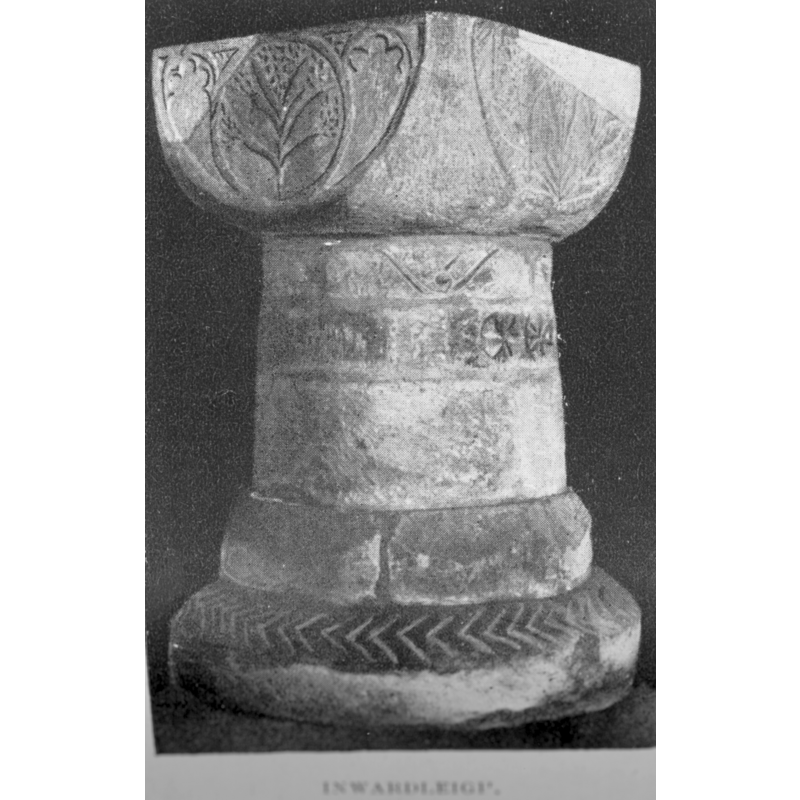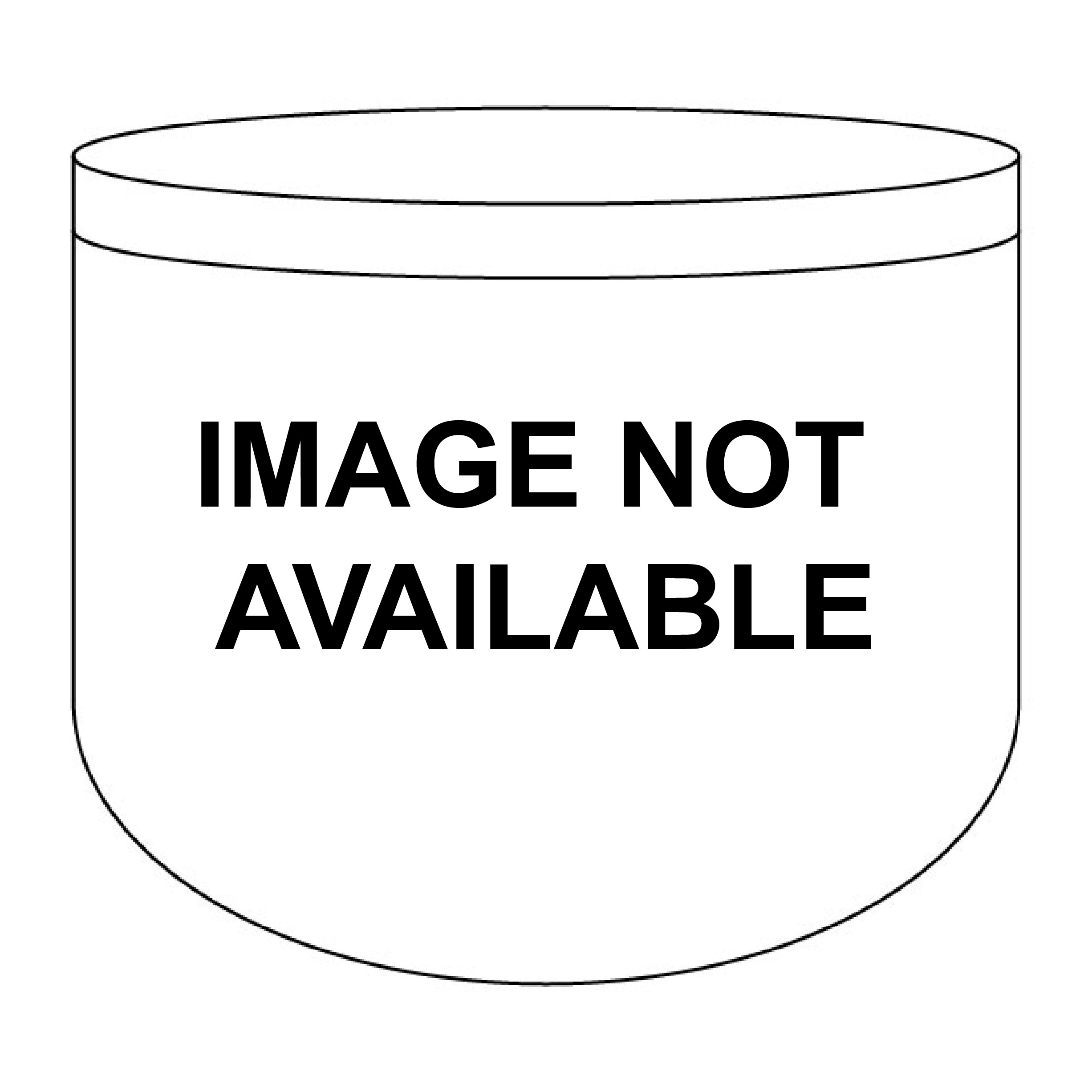Inwardleigh

Image copyright © [in the public domain]
PD
Results: 6 records
B01: design element - motifs - medallion
B03: design element - motifs - floral or foliage
LB01: symbol - star - in a circle
P01: design element - motifs - chevron
INFORMATION
FontID: 10413INW
Object Type: Baptismal Font1
Church/Chapel: Parish Church of St. Petroc
Church Patron Saints: St. Petroc [aka Pedrog, Perreux, Petrock]
Country Name: England
Location: Devon, South West
Directions to Site: Located off the A386, 6 km NNW of Okehampton
Font Location in Church: Inside the church
Century and Period: 12th - 13th century, Late Norman / Transitional?
Cognate Fonts: The font at Sheepwash, also in Devon; other such fonts in Pembrokeshire
Font Notes:
Click to view
Baptismal font of the type consisting of a basin in the shape of a cushion-capital, raised on a round pedestal base; the basin is not unlike the one on the font at Sheepwash, also in Devon. Noted in Stabb (1908): "The font is Norman, a square top on thick circular shaft. The sides of the top are carved with representations of a lily, the Tree of Life, and a large and two small circles with suns." Described and illustrated in Clarke (1919) who gives details of the ornamentation on the sides: "The eastern face has a circular medallion 11 1/2 inches in diameter containing a naturalistic spray of leaves, with a background of small cones, or nailhead. Each side of the central design is a panel the shape of a cornucopia with a trefoil at the widest part. It fits the space very satisfactorily. The northern face has a semicircular panel with three plant stems, each bearing a flower and long pointed leaves" [here Clarke gets into a possible identification of the plant, whether a thistle or knapweed, of which it is neither a true botanical image]. The western face, continues Clarke, "has three semicircular incised lines, not exactly following the shape of the cushion, crossed by four horizontal lines. A stem crowned by the same flower as on the northern side, but without leaves, goes straight up the middle. The combination of semicircular and horizontal lines resulsts in an effective background . Similar arrangements of lines are found on some Cornish fonts. The southern face has three round medallions, each enclosing a star; the central one measures 11 inches in diameter, the side ones 5 1/2 inches each. It has been necessary to insert two pieces of new stone at the upper part of the bowl; one at the south-east corner measures 14 x 6 1/2 x 5 inches thick, and that on the north 19 x 5 x 5 inches thick [...] The bowl is not lined [...] The cylindrical shaft is in three courses of shaped stones; the upper course which is 4 inches deep has an incised scroll over 23 inches. The circular base has a deep chamfer. The plinth, also circular, has also a chamfer 5 inches deep filled with chevron ornament. On the west for a space of 21 inches the chevron is reversed." Described in Pevsner (1952): "Font. Norman, of block-capital shape. Shaft and foot with rosette, etc., decoration, the semicircular surfaces of the bowl re-cut probably in the C16." Noted in Thurlby (2006) as a baptismal font of the Norman period in the cushion-capital style.
MEDIUM AND MEASUREMENTS
Material: stone
Font Shape: square (mounted)
Basin Exterior Shape: square
Drainage Notes: not lined
Rim Thickness: 7.5 cm [calculated]
Diameter (inside rim): 50 cm*
Diameter (includes rim): 65 cm*
Basin Depth: 22.5 cm*
Basin Total Height: 30 cm*
Height of Central Column: 43.75 cm*
Font Height (less Plinth): 90 cm*
Notes on Measurements: * [measurements given in inches in Clarke (1919: 221)]
REFERENCES
Clarke, Kate M., "The baptismal fonts of Devon -- Part VI", 51, Report and Transactions of the Devonshire Association for the Advancement of Science, Literature and Art, 1919, pp. 211-221; p. 212, 215-216, 217, 221 and pl. II (opp. p. 215)
Pevsner, Nikolaus, North Devon, Harmondsworth: Penguin, 1952
Stabb, John, Some old Devon churches, their roods, pulpits, fonts, etc., London: Simkin, [et al.], 1908-1916
Thurlby, Malcolm, Romanesque architecture and sculpture in Wales, Little Logaston, Woonton, Almeley, Herts.: Logaston Press, 2006

